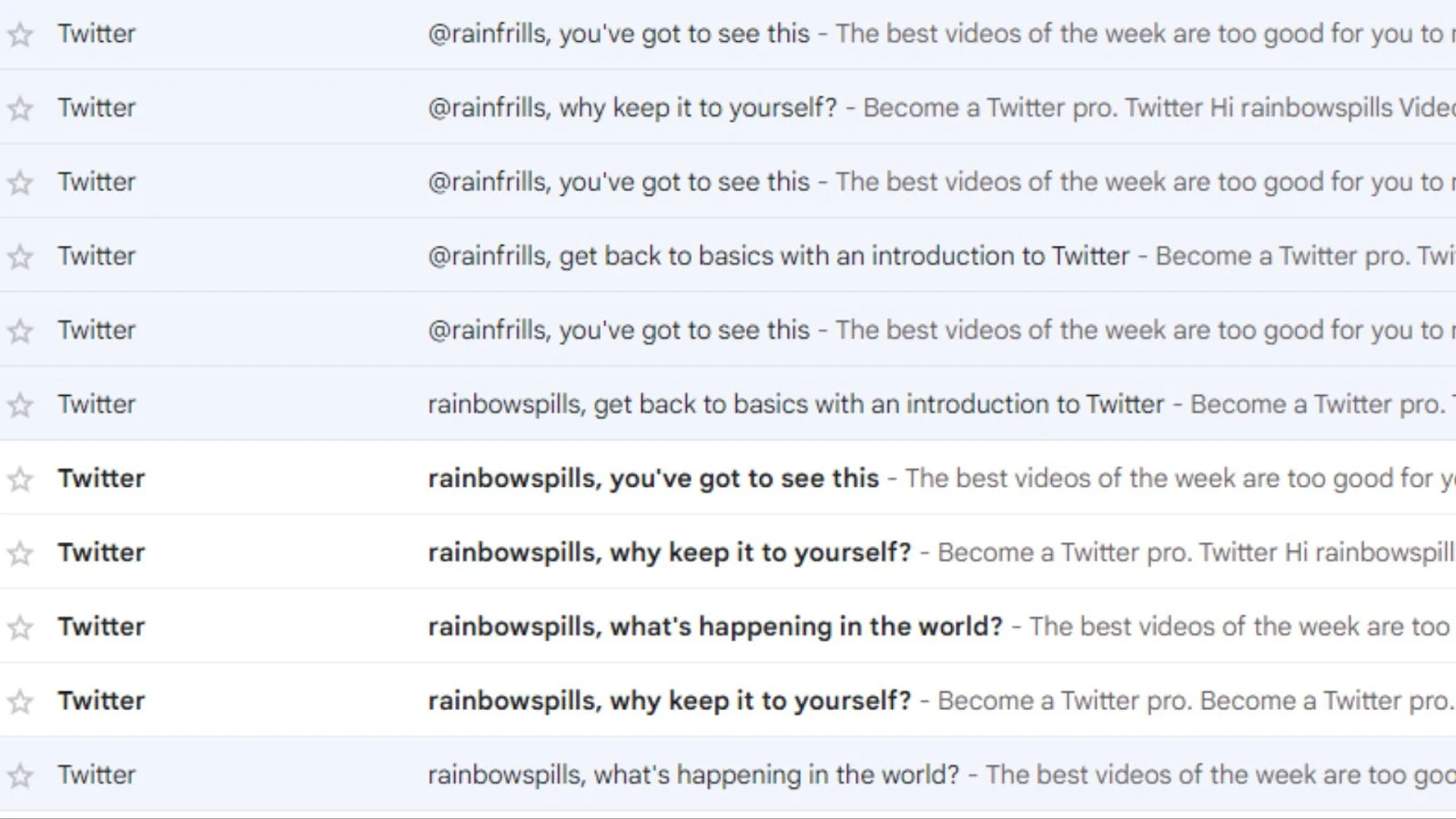Personalized Email Marketing - Complete Guide for Beginners
How to Craft Emails Your Subscribers Will Love
Personalized email marketing is the practice of tailoring the content and messaging of emails to suit the individual preferences, behaviors, and characteristics of each recipient, instead of sending generic, one-size-fits-all emails to your entire email list.
Why Personalized Email Matters
In the vast sea of emails flooding inboxes, a generic and impersonal message is likely to be ignored or worse, marked as spam. Personalization, on the other hand, creates a sense of individual attention and relevance, capturing the recipient's interest from the subject line to the call-to-action.
When recipients feel a personal connection with your mail, they are more likely to engage with your Brand, reply to your messages, or even share them with their network. And also compared to other marketing forms, personalized emails are less expensive and require less time to apply.
Here's a step-by-step guide on how to send personalized emails:
1. Collect Relevant Data
Gather relevant information about your subscribers to personalize your emails effectively. This data may include names, locations, past purchase history, preferences, or any other details that can help tailor your messages.
2. Segment Your Email List
Divide your email list into smaller segments based on specific criteria. For example, you can segment by demographics, interests, behavior, or engagement level. This allows you to send more targeted and relevant content to each group.
3. Personalize Subject Lines
Address each recipient by their first name or other relevant data in the subject line to grab their attention and increase open rates. For example, "Hey {First_Name}, Check Out Our Exclusive Offer!"
4. Create Customized Content
Craft email content that speaks directly to each segment's interests and needs. Use the data you've collected to personalize product recommendations, content suggestions, or exclusive offers based on the recipient's interests or previous interactions with your brand.
5. Automate Personalization
Set up automated email campaigns triggered by specific actions or events, such as a welcome series for new subscribers or a birthday email. These automated workflows can include personalized content based on the recipient's details.
6. Personalize Landing Pages
If you're directing recipients to specific landing pages from your email, ensure those pages also reflect the personalized content or offer mentioned in the email.
7. Track and Analyze Results
Use your email marketing platform's analytics to track the performance of your personalized campaigns. Monitor open rates, click-through rates, conversions, and other relevant metrics to assess the success of your efforts.
8. Keep Data Up to Date
Regularly update your subscriber data to ensure accuracy and relevancy. Remove or segment inactive subscribers to maintain a clean and engaged email list.
9. Avoid Over-Personalization
While personalization is powerful, be cautious not to overdo it. Personalization should enhance the user experience, not invade privacy. Avoid being too intrusive or overwhelming with personalization.
10. Transactional Emails
Personalize transactional emails, such as order confirmations and shipping notifications, with relevant details about the purchase and delivery status. These emails are more likely to be opened and read.
11. Behavior-Based Personalization
Use the recipient's past behavior, such as previous purchases or website interactions, to send relevant follow-up emails. For example, if a customer abandons their shopping cart, send a personalized reminder or a discount offer to encourage them to complete the purchase or follow-ups after a purchase.
12. Time Zone Optimization
Schedue emails to be delivered at the most optimal time for each recipient based on their time zone and Send location-specific content or offers based on the recipient's geographic location.
13. Personalized Surveys and Feedback Requests
Ask for feedback or conduct surveys with personalized questions tailored to each recipient's interests. Understanding their needs and preferences will help you refine your email marketing strategy further.
Remember, personalized emails are not just about inserting names; they're about building relationships, understanding your audience, and delivering content that speaks to their unique needs, making them feel valued and appreciated. When done right, personalized emails can boosts open rates, click-through rates, and conversions, fostering stronger relationships between the brand and its customers and drive better results in your email marketing campaigns.

















Comments
Post a Comment